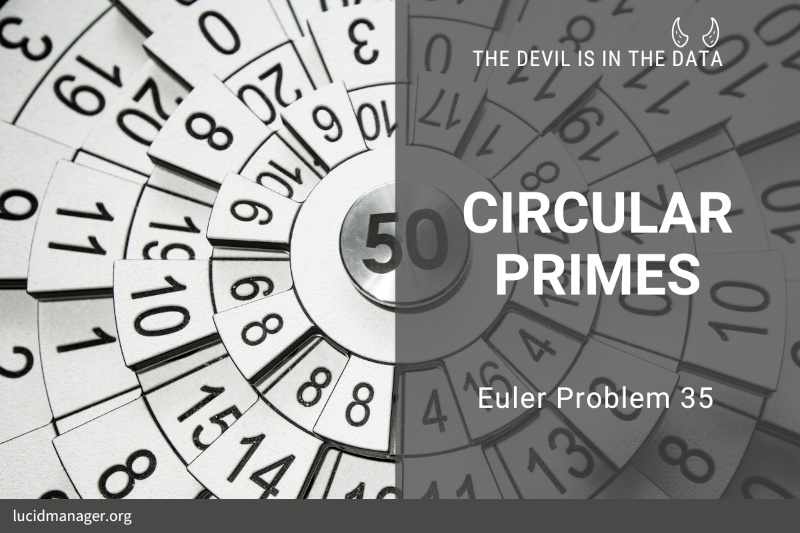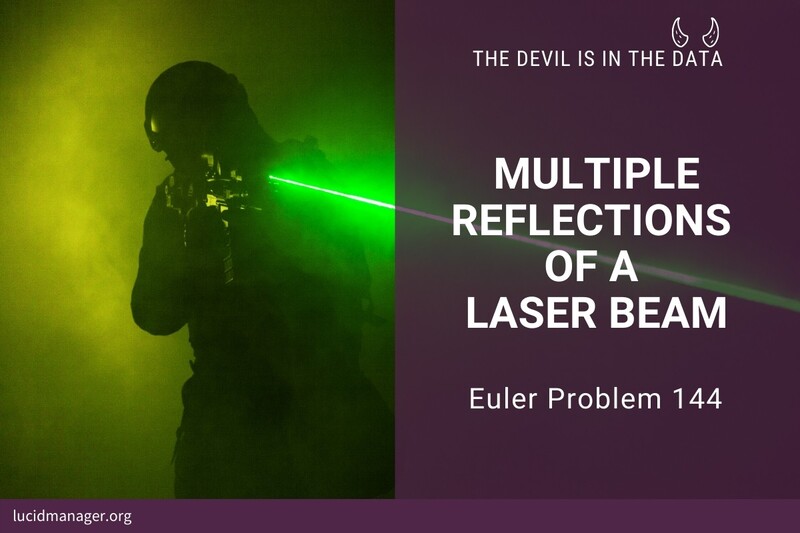
Project Euler 32: Pandigital Products

Peter Prevos |
388 words | 2 minutes
Share this content
Project Euler 32 returns to pandigital numbers, which are numbers that contain one of each digit. Like so many of the Euler Problems, these numbers serve no practical purpose whatsoever. Just like palindromic products, other than some entertainment value and increasing your understanding of numbers.
You can find all pandigital numbers with digits zero to nine in sequence A050278 of the Online Encyclopedia of Integers. The Numberphile video below explains everything you ever wanted to know about pandigital numbers but were afraid to ask.
Project Euler 32 Definition
We shall say that an n-digit number is pandigital if it makes use of all the digits 1 to n exactly once; for example, the 5-digit number, 15234, is 1 through 5 pandigital.
The product 7254 is unusual, as the identity, 39 × 186 = 7254, containing multiplicand, multiplier, and product is 1 through 9 pandigital.
Find the sum of all products whose multiplicand/multiplier/product identity can be written as a 1 through 9 pandigital.
HINT: Some products can be obtained in more than one way, so be sure to only include it once in your sum.
Proposed Solution
The pandigital.9() function tests whether a string classifies as a pandigital number. The pandigital.prod vector stores the multiplication.
The only way to solve this problem is by brute force and try all multiplications. We can limit the solution space to a manageable number. The multiplication result needs to have ten digits. For example, when the starting number has two digits, the second number should have three digits so that the total has four digits, e.g., 39 × 186 = 7254. When the first number only has one digit, the second number needs to have four digits.
## Project Euler 32: Pandigital Products
pandigital.9 <- function(x) # Test if string is 9-pandigital
(length(x)==9 & sum(duplicated(x))==0 & sum(x==0)==0)
## Brute force
pandigital.prod <- vector()
i <- 1
for (m in 2:100) {
if (m < 10)
n_start <- 1234
else
n_start <- 123
for (n in n_start:round(10000 / m)) {
# List of digits
digs <- as.numeric(unlist(strsplit(paste0(m, n, m * n), "")))
# is Pandigital?
if (pandigital.9(digs)) {
pandigital.prod[i] <- m * n
i <- i + 1
print(paste(m, "*", n, "=", m * n))
}
}
}
answer <- sum(unique(pandigital.prod))
print(answer)Share this content


